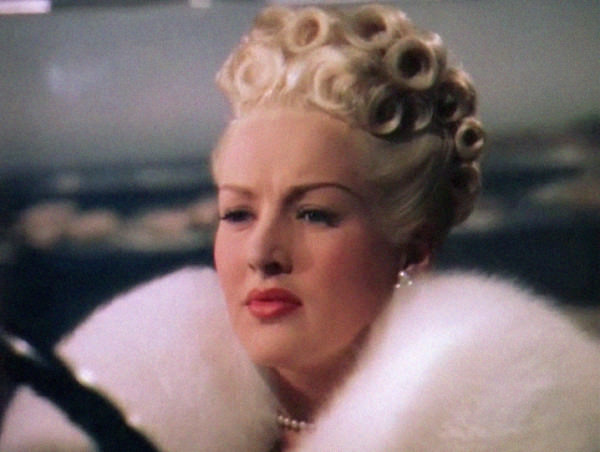
Video Courtesy of Wolfe Video
Women He’s Undressed
Director Gillian Armstrong delves into the famous costumer's life behind the scenes
Hollywood has a secret meant to disappear in the memories of those who have lived it. A secret that isn’t technically “new,” since it just turned eighty-seven years old. It is a secret hidden behind Marilyn Monroe, Bette Davis, and Katharine Hepburn. The secret was kept by a man who won three Oscars, designed costumes for 285 films, struggled with alcohol and shaped the look of the Golden Age of Hollywood. He also happened to be Cary Grant’s boyfriend. A love lost in the convenient homophobia of the 1930s American dream.
Australian filmmaker Gillian Armstrong has unearthed Orry George Kelly’s story in her new documentary, Women He’s Undressed. Through surrealist live narration in Kelly’s own voice and a network of interviews with timeless muses and industry heavyweights, the film crafts a confident persona of this uncompromising, gay Australian man whose legacy was lost because of his openness.
Armstrong sits down with actors like Angela Lansbury and Jane Fonda, and costume designers Catherine Martin of Moulin Rouge! and Colleen Atwood of Chicago to tease out the mechanics of the film industry and explore how Kelly behaved because of it. Through these conversations, we learn that Hollywood was (and probably still is) a boy’s club controlled by a handful of straight men at the head of each studio who were persistent on presenting the conventional family dynamic. Being openly gay in this environment was rare. “It was like being a communist,” laughs Fonda, one of the last to work with Kelly. “You could lose a job.”
In the scenes led by Kelly (played by Dan Gilshenan), he takes you into his unapologetic frame of mind, remarking at how much of a bitch Cary Grant could be and how Marilyn couldn’t take a joke (apparently Monroe’s ass just wasn’t as good as Tony Curtis’s). The film opens with Kelly lying in a boat, mouth taped shut, carried in a funeral procession by six women in red. His eyes open and his eyebrows bounce in a knowingly sarcastic dance. This stylized, heightened reality seems to match Kelly’s own wild charisma. To uncover this insight, Armstrong and her “co-conspirators” first came to a myriad of dead ends before eventually making a fluke discovery of his lost memoir that had been busy gathering dust in his great-niece’s laundry cupboard. “Finally, we had Orry’s true voice and opinions in complicated detail,” recalls Armstrong. Inside the memoir was the whole of the United States filtered through Kelly’s unforgiving lens. He explains how he met the dreamy Grant in the progressive Greenwich Village in 1929. The pair lived, fucked and worked together in a space of encouragingly broad sexuality.
The film’s focus eventually shifts to Los Angeles, Kelly’s second home. He entered an environment of close mindedness, where “gay” didn’t exist in the open. In its place were countless fake marriages, Grant’s included. Their relationship froze. Historian William Mann details the tension between the two on their first film together since the breakup; “A limo came from the TV show Queen For a Day. Grant was quick to remark, ‘Orry, your ride is here.’” The interviewees Armstrong chose paint an image of how toxic Hollywood was for gay men, and Kelly’s devil-may-care attitude is only further proof of his authenticity.
Armstrong dances between Kelly’s personal insight and the opinions of the women he worked with to weave together a rare verbal history. Archival footage and clips from his work in films like An American In Paris, Casablanca, Auntie Mame and Oklahoma! display his talent, and complete the picture of the depth of his influence on American culture. No one knew composition like Orry-Kelly. He pushed the body and censorship to its limit, most famously on Monroe in that famous dress from Some Like It Hot.
Women He’s Undressed is a work of cinema that matches the charm of its subject; a humorous take on the strange possibilities of Hollywood. The film balances Kelly’s generational-defining artistry, resilient nature, and distinct lack of filter to create a bittersweet piece of queer history that will never be suppressed again.